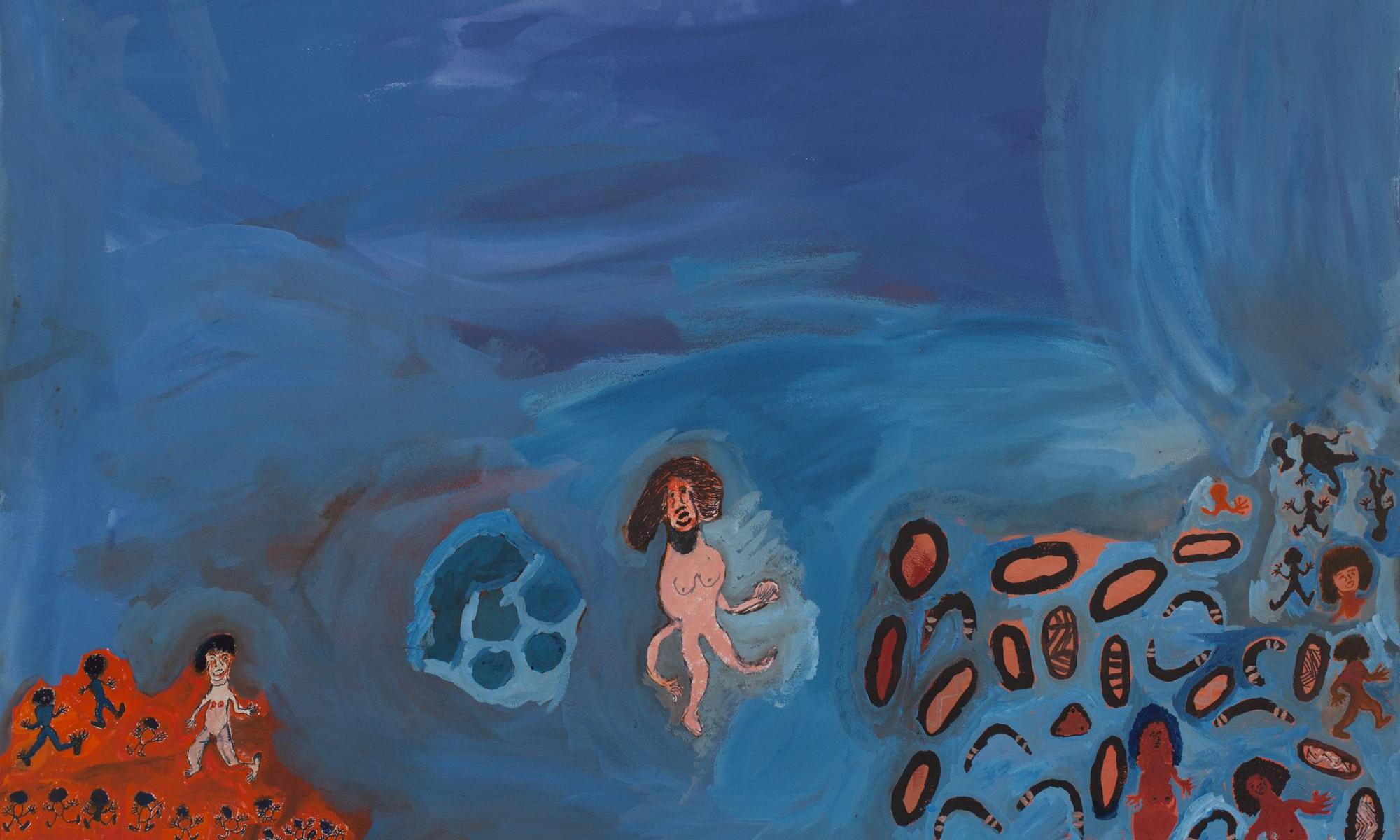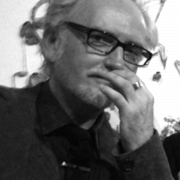The Blackout
God would never need to ask, ‘Where am I?’ But falling into hell, the Devil might. And if hell is a state of forever falling but getting nowhere, then that unrequited reflection might be the zero-gravity torment of the damned. We catch a glimpse of this, but also of redemption from it, on waking up or coming to. It’s the first thing we ask upon gaining consciousness after a blackout. In our case, it’s not a metaphysical question nor really a rhetorical one (even if muttered to oneself) but a practical one, like downloading GPS coordinates; and yet it’s also universal in implication. It is our human rendition of the divine awakening: ‘let there be light’. What we are when we wake—well, that is already close by as the unquestionable personal pronoun, ‘I’, at the end of sentence. It flips the unconditional, performative declaration of divine being (‘I am’) into a mundane request for news about one’s situation, and thus for defining one’s finitude. Yet our redeeming orientation toward that end—which is what we require of consciousness to barricade against darkness—ironically delivers a death sentence. It sentences us to be at home in the world; being in the world and not lurking outside it like a hungry ghost or ‘stranger thing’. (Although, that exterior is not the realm of immortality but of inhumanity and madness, a non-place for the unincorporated outsider who will not accept their death sentence.) It’s in our nature—‘human nature’—to belong in, and to, the world by the weave of the world’s tightly knit, natural relations. That expression of human nature ought to be a shameful piece of toilet graffiti in our evolution, but, instead, it is a polite turn of phrase that cultivates decorum, along with bipedality and the training of the alimentary and reproductive canals. Our bloody birthmark, but also passport to our supposed commonwealth and genealogical bounty.
Image: Yunkurra Billy Atkins, Kumpupirntily (Lake Disappointment), 2017. Gouache on Arches paper 120 x 156 cm. Image and story courtesy of Yunkurra Billy Atkins and Martumili Artists. This artwork was a finalist in the 2017 Telstra NATSIAA awards.


